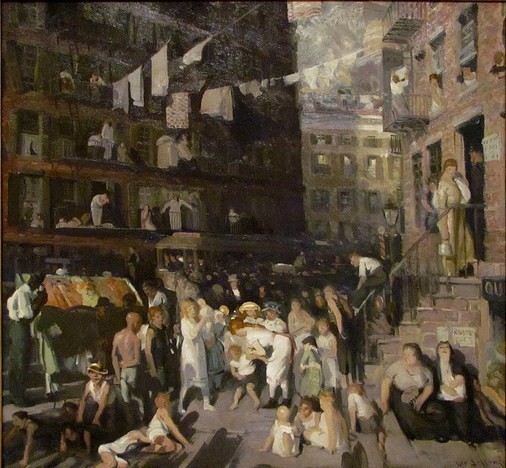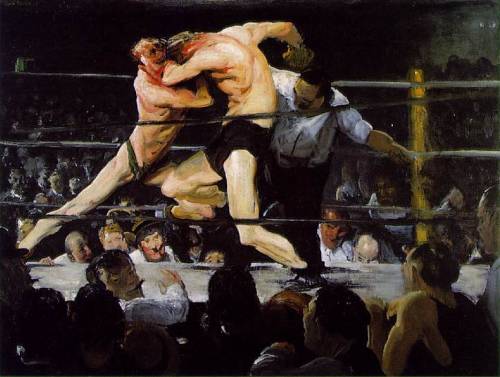This post is by Leah Apothaker, legislative intern at the National Council of Jewish Women.
Last year, when the professor of my black politics class
informed us that affirmative action might be in jeopardy, I didn’t believe him.
Who knew that only a few months later, I’d be rallying with NCJW and our
coalition partners outside the US Supreme Court in favor of affirmative action
the morning of the Fisher v. University of Texas at Austin oral
arguments? The plaintiff in the case, Abigail Fisher, is a white student who
believes she was denied admission at UT because of her race. Should the court rule in her favor, they would
overturn their 2003 decision in Grutter v. Bollinger, which allowed race to be
one of many factors considered during in the college admissions process. This
outcome would be damaging—not only for students of color, but also for the
white students who benefit so greatly from a diverse student body and the civil
right of equal opportunity.
At the rally, an organizer handed me a sign that read, “Diversity
equals success.” Many speakers told personal stories, quoted think tank studies,
cited admissions statistics, and repeated the message of the sign I held. As a
student I couldn’t help but wonder, is diversity really the key to my success?
When applying to colleges, I knew I wanted to attend a
university that championed promulgated diversity as a priority. In high school,
my peers and I were all the same—white, upper-middle class, third and fourth
generation Americans. While we may have
each had different academic strengths and interests, I had little to learn from
their life experiences because we had such similar roots. I believed then, as I
do now, that a vital component of education is discussion and disbursement of
ideas among students and professors both in and out of the classroom. When
diversity doesn’t exist in a student body, the range of perspective represented
diminishes. When diversity doesn’t exist within a student body, students are
denied opportunities to learn and grow from one another. When diversity doesn’t
exist in a student body, we are allowed to remain ignorant.
College shouldn’t be a bubble where students aren’t
challenged to alter our perspectives or ways of thinking. It should prepare us
to understand others and learn to work together to achieve great things. Diversity
works for students. By preparing us for reality, it sets us up to succeed. Diversity
equals success.
Now a senior at The Ohio State University, I’m the
beneficiary of a student community beautifully impacted by multiculturalism and
ethnic and racial diversity. I value the additional admissions consideration my
university provides to first generation college students and students who bring
“cultural, economic, racial, or geographic diversity” to the student
population. Why? Because I, like the
students at UT, know these considerations have helped enrich and further my
education.
Originally posted here on October 12th, 2012



